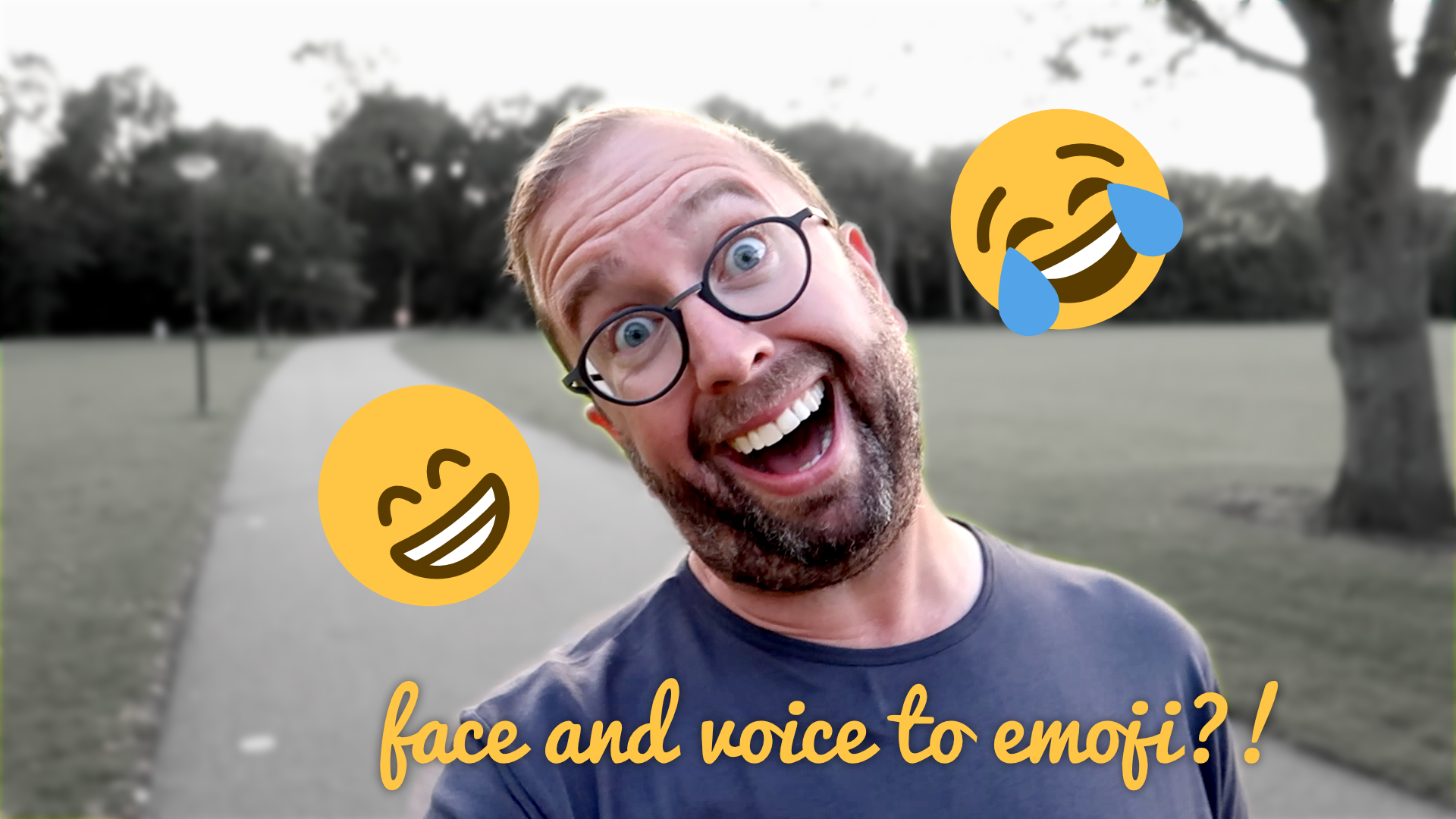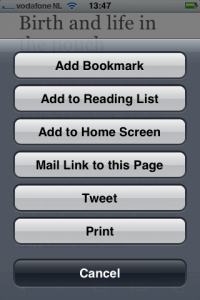Tagging has been both the content producers friend and foo for some years now. It’s the ‘cheap way out’ for relevance in a world dominated by a user generated content. This article shows you one way to attack the cluttered and seemingly random tag clouds, helping your readers to make sense of their intuitions and your content.
First let’s answer a question: Why would one use tags or taxonomy (defining -in this case: content- in a few basic terms) on a blog, photo site or youtube?
I start with this question because there is no one answer. It rather depends on the person you speak to, be it a content producer, (interaction) designer, librarian or the end user of your content. The following might cover 80 percent of the reasons to use taxonomy or tags:
- make implicit links between content explicit, by actually generating a little group of content items that share that ‘tag’.
- making a machine -more precise SEO compatible- summary of the particular content item, that’s also readable for humans.
- providing a intuitive (but mostly serendipitous) pathway for content consumers to meander through your (and others) content items
- (this is for the librarians among us) adding meta data to structure your content base.
But what are tags best used for?
Tags are meta data
For all intent and purposes tags are meta data. Tagging objects or ‘taxonomy’ stems from the olden day’s when archeologists and librarians needed to sort and describe their objects in a neutral, objective and retraceable way.
By making an index card for each object, people could find and also determine the relation of objects with others. Using reusable words like”rock”, “Denver” and “novel”, “youth” things can be found, inventoried and ultimately used for research or entertainment.
User generated content clouds
Now a days tags are the ‘easy way out’ for content producers (read: consumers) to relate content (photos, video, audio, text) with each other by tossing some descriptive couple of comma separated words in a text box, in stead of describing the ‘object’ in a short little paragraph.
This ‘ease’ of tagging has expanded to the user generated content generation. Resulting in seemingly trivial, but -when applied to large mountain of content- suddenly and surprisingly accurate way to relate and meander through content.
The most famous and well applied taxonomy is the one on flickr.com and other non-text based content hubs (photos, videos, audio). tag clouds, with large words defining a lot of usage and small the less explored words.
With a large and productive user base these sites circumvent the inaccuracy of a unorganized group of content producers using their vocabulary to ‘tag’ their content. By sheer power of numbers of some of these ‘tags’ that overlap the tags used by other ‘producers’ and so forming a relevant cloud of photos.
Perhaps more importantly these tags did also -as time progressed- create groups of people joined by a limited, but statistically powerful vocabulary.
Tags are the measure of relevance between pieces of content
The more threads a spider spins between two branches, the stronger the connection is between the two branches. The same goes with shared tags between pieces of content.
Google makes a statistically ‘web’ of relevant properties of a piece of content in it’s search engine.
Hard links (i.e. linkable tags) however are the editor’s way on ‘forcing’ relevance between pieces of content. The relevance is an implicit web, growing with each piece of content that’s endowed with the same tag.
Are tags the SEO path to heaven?
By the way: a quick note for people that find tags the golden path to SEO heaven. It’s not if it’s not done right.
If done right however, it makes your content more relevant, like it would if you would add links to pages that cover the same topic or are otherwise inspiration or source for your content.
In any case: if you focus on the human aspect of taxonomy, you will be rewarded automatically in the long run (if not instantly). SEO is made to enable people to find content, not to feed machines.
The FAT method
Great, now we go into the nitty gritty of how to accurately and without creating ‘link noise’ make great tags for your content.
The FAT method stands for “Four Axis Taxonomy”. It’s a basic framework or reminder on how to consistently taxonomize your content.
In this method we step aside from the ‘spur of the moment’, and ‘you know what I mean’ way of tagging the content and have the statistics take over.
For a proper way to tag content you have to take some time to plan the taxonomy landscape for your current AND future content. This might seem like a librarian, laborious and tedious approach for an informal tool to define content, but it will pay of.
Our goal with taxonomy is to make only relevant links from one piece of content to the other. Although it’s possible and sometimes even desirable to accidentally link two seemingly unrelated pieces of content -some call it serendipity-, it’s not the goal. Relevance is the reason people and machines ‘click’ on tags, so creating relevance is the name of the game.
To define a piece of content there are four axis over which a person or machine can regard a piece of content. These axis might seem arbitrary, but I’ll illustrate them with some basic questions.
The one question should be always on your mind: “What terms are the desirable path ways to reach this particular piece of content”.
One would predefine the tags for each of these axes and perhaps add as you go to provide linkage in the future. Tagging should have the foundation of consistency and the flexibility for content growth.
- Subject (s)
- Motive
- Media kind
- Entities
Subject
Sorry for choosing an ambivalent word for this, but it’s used on purpose. With ‘subject’ I mean both the ‘matter’ your content is regarding, as well as the persons, objects playing a role in your content.
An interview might be a good example: choose the name of the interviewer and of the interviewed person as tags. Combine the first and last name in one tag; you don’t want to relate all interviews with people called ‘Bob’ be connected, or if you do, make it a well considered choice.
Be concise with tagging the ‘matter’ at hand. The topic of your content might be an interview about the introduction of a book a person wrote about the love life of Henry Kissinger. Reasonable subject tags would be “introduction”, “book”, “love life”, “Henry Kissinger”. This way one relates all content considering introductions, books, love lifes and Henry Kissinger.
Motive
“Why is this piece of content here” is the central question for this axis. It might be arbitrary and even subject to make a category, rather than a tag.
In any case it’s an important connection between content and in most cases a relevant one for periodical and reoccurring content. You might be describing that the content is part of a series with a certain name (for example “series”, “love life of famous people I never heard of”), or that it’s location or situation is relevant (so: “introduction product”, “random ideas” or “walk in the park”).
Media kind
Define what kind of content your tagging so also the form of the content is searchable. Think in term of “commercial, film, landscape, sound scape, interview, press release, review, discussion, event, product, demonstration, editorial, etc”. This might be an arbitrary bunch of tags, but people will remember that video has take the form of an interview with David Hasselhoff.
Adding the form name “interview” will make a more accurate description of your content. Remember: when tagging audio and video, you might want to mention the execution of that particular media, like: an animation, narration or an interpretive dance.
Entities
This might be the ‘buck shot’ tagging part of the method, so apply this sparse and precise. Entities are things, persons and other ‘sticky objects’ mentioned, revered to and ‘visible’ in a piece of content.
It’s basically the stuff people might remember besides the subjects in the piece of content. You can choose from weird quotes, remarks, colors, sounds and circumstances.
I once looked for a music video clip where two guys were hopping and overtaking each other in weirs suites. When you look on Youtube for these terms you might not find the video clip of the ‘Fine Young Cannibals’ ‘She drives me crazy’. So consider the sticky parts of your content.
Rules to tag by
Here are some final bits and bobs to take note of when tagging your content.
- Constraint yourself to a minimum amount of tags, it’s not a sport to get as many synonyms in one article. The more tags you use, the more chances you have to relate to an unrelated piece of content.
- Be consistent and non-ambivalent when choosing your tag-terms. If possible, make use of the auto complete functionality of tagging tools, and consider the value of every new tag.
- Make a list of reoccurring tags for each axis. For example you’re writing bike reviews. Make a predefined and researched list of bike types to choose from when ever you start a tagging a new piece of content.
- Use tags or terms that are commonly used in the readers ‘world’, but don’t fall for the ‘contemporary’ trap and add ‘awesome’ or other terms that are obviously a lingual fad.
- Taxonomy is thought from the end user and might be used to make a semantic link between pieces of content, but remember that with a wide audience it’s more valuable to be consistent. The audience will get used to your view and might even adept it.
- Decide if you’re going to use singular or plural form for tags. This will make it more consistent and will make more relevant connections.


